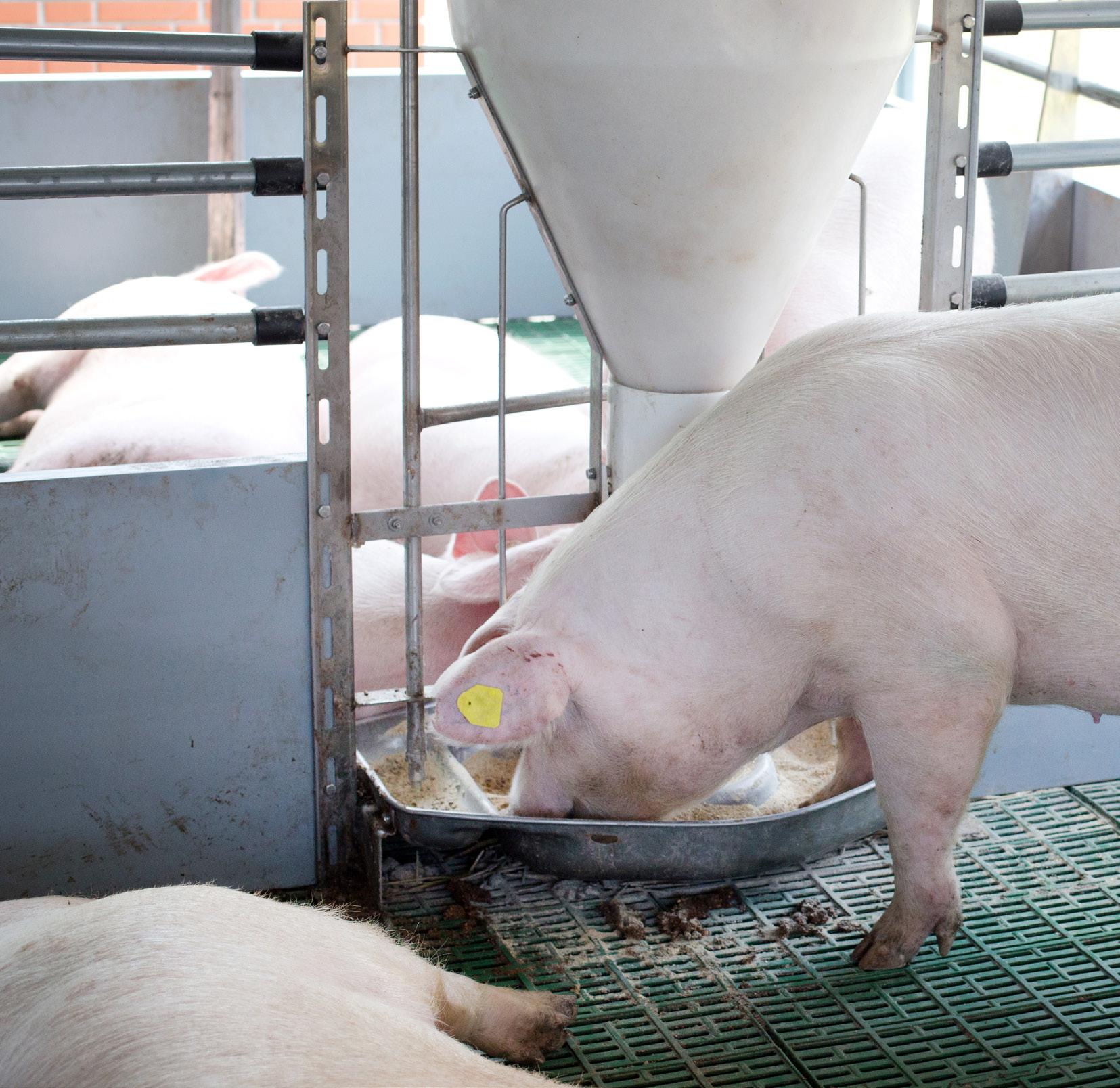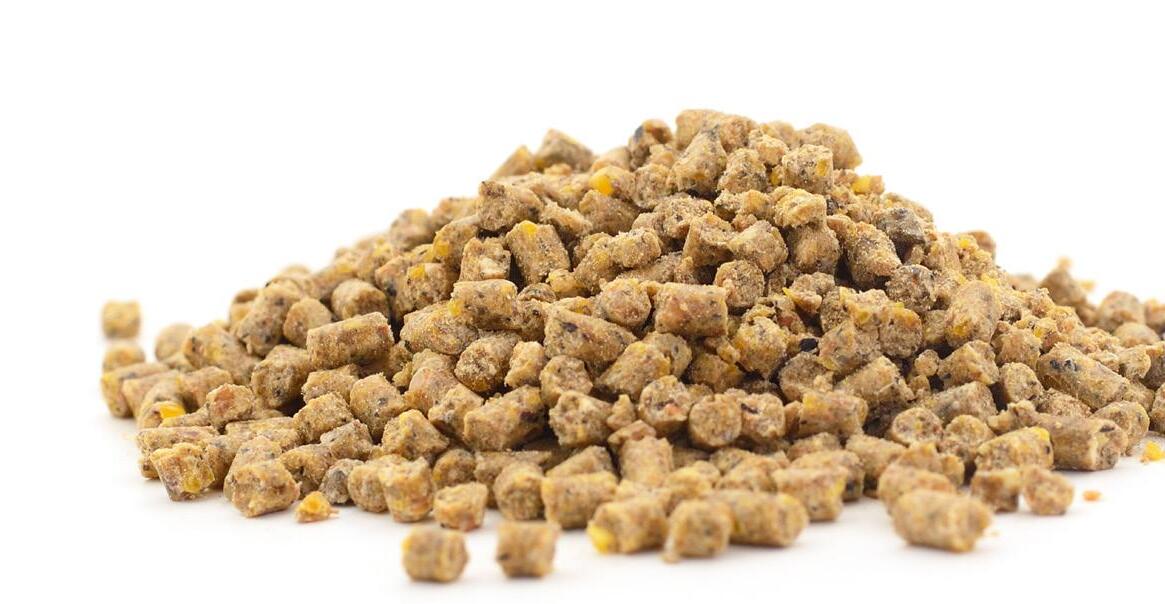HIGHER OCCURRENCE FUSARIUM MYCOTOXINS DETECTED IN FEED
MATERIALS/FEED SAMPLES FROM

Paulo, Brazil
*Corresponding author: jog.raj@patent-co.com

1
The aim of this study was to analyze the presence of mycotoxins in the main raw materials used for animal feed, such as soy, corn, silages, and finished feed, received from different regions of Brazil.

These samples were collected between January and June 2023 and were analysed using ELISA for:
Aflatoxin B1 (AFB1)
Zearalenone (ZEN)
Deoxynivalenol (DON)
Fumonisin B1 (FB1)
T-2 Toxin
The mycotoxin results for each feed materials are shown as follows.
SOY
Between January and June 2023, 100% of the soy samples received from different regions of Brazil were contaminated with more than one mycotoxin.
Table 1 shows that Fusarium mycotoxins were the predominant mycotoxins detected in soy samples. FB1 was detected in 65% of the samples, ZEN in 96%, T-2 toxin in 79% and DON in 44% of the samples. AFB1, with an average of 7 ppb, was detected in 48% of the samples.

2
These results indicate that soy was co-contaminated with aflatoxins and various Fusarium mycotoxins.
The analysis of corn samples between January and June 2023 showed that 100% were contaminated with more than one mycotoxin.
Table 2 shows that FB1 was detected in 95% of the samples (high averages, 3819 ppb), ZEN in 68%, T-2 toxin in 82%, and DON in 45% of the corn samples. AFB1, with an average of 5 ppb, was detected in 45% of tested samples.
In general, corn samples were cocontaminated with aflatoxins and several Fusarium mycotoxins.

3
CORN
Table 1. Mycotoxin contamination levels (ppb) in soy samples from Brazil.
AFB1 FB1 ZEN T-2 Toxin DON Average (ppb) 7 560 158 76 488 Maximum (ppb) 26 744 462 216 1379 Median (ppb) 4 645 139 58 228 % of positives 42 65 98 79 44 AFB1 FB1 ZEN T-2 Toxin DON Average (ppb) 5 1188 83 81 758 Maximum (ppb) 16 3819 255 331 3501 Median (ppb) 3 744 48 50 367 % of positives 45 95 68 82 45
Table 2. Mycotoxin contamination levels (ppb) in corn samples from Brazil.
SILAGES
In the period from January to June 2023, 100% of the alfalfa and corn silage samples received were contaminated with more than one mycotoxin.

Table 3 shows that ZEN was detected in 75% of the samples, T-2 toxin in 100%, and DON in 50% of the silage samples. AFB1, with an average of 8 ppb, was detected in all the samples.
These results mean that silage samples were co-contaminated with aflatoxins and various Fusarium mycotoxins.
4
AFB1 FB1 ZEN T-2 Toxin DON Average (ppb) 4 8 58 58 246 Maximum (ppb) 8 12 84 91 348 Median (ppb) 3 8 59 53 246 % of positives 44 100 75 100 50
Table 3. Mycotoxin contamination levels (ppb) in silage samples from Brazil.
FEED
100% of the feed samples (lactation, sows, grower, etc.) received between January and June 2023 were contaminated with more than one mycotoxin.
Table 4 shows that FB1 (average of 2253 ppb) and DON were detected in 78% of the samples, ZEN in 89% and T-2 toxin in 100% of the feed samples. AFB1 was detected in 44% of the samples.
CONCLUSIONS
During the period from January to June 2023, soy, corn, silages and finished feed samples from different regions of Brazil were contaminated with more than one mycotoxin.

FB1, ZEN, T-2 toxin, and AFB1 were the main mycotoxins detected in most of these samples.
These results show that the feed samples were co-contaminated with aflatoxins and various Fusarium mycotoxins.
More than one mycotoxin can lead to additive or synergistic effects when fed to sensitive animal species (e.g., swine and poultry)
This suggests that technologies are required for the control of mixtures of such contaminants in feedstuffs predominantly based on corn to minimize impacts on animal development.
5
AFB1 FB1 ZEN T-2 Toxin DON Average (ppb) 4 2253 85 169 954 Maximum (ppb) 8 4324 144 367 2505 Median (ppb) 3 2116 84 100 1154 % of positives 44 78 89 100 78
Table 4. Mycotoxin contamination levels (ppb) in feed samples from Brazil.







